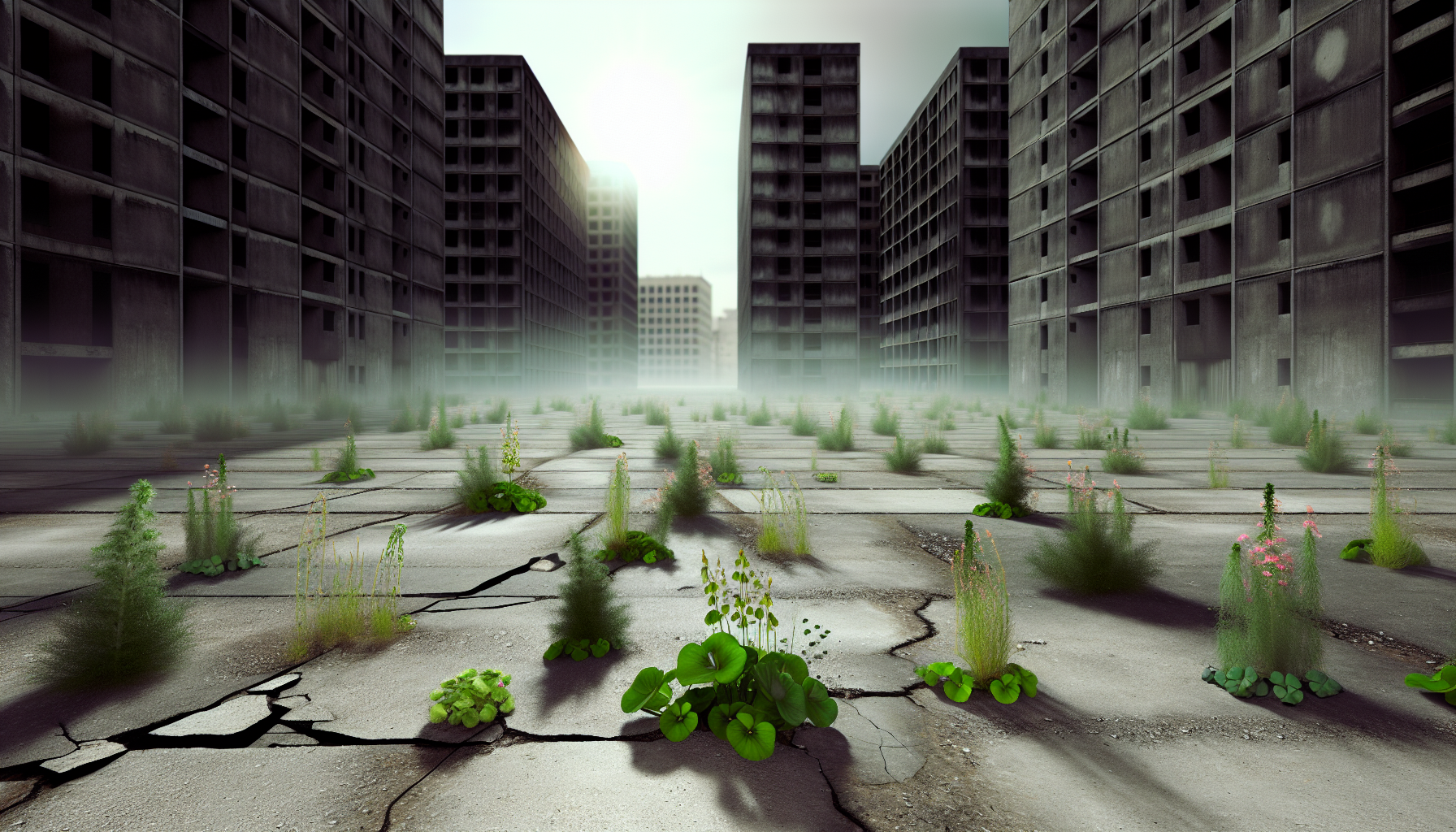In a world where the smog’s embrace tightens around the gasping throat of our cities, the green warriors stand their ground. Amidst the cacophony of sirens and engines, these silent survivors wage an unseen war. Yes, our urban flora – the trees that line the blockaded boulevards, the shrubs that nestle in the cracks of our concrete confines, and the rogue wildflowers that dare to bloom along desolate districts – are our inadvertent champions in a world that seems too far gone.
If you’re looking out your window onto a landscape cloaked in a grey veil, you might wonder, ‘can these green denizens truly outlive the toxic tempest that is modern pollution?’ Well-crafted natural warriors, these plants are evolving in the face of adversity. Breathe in – if the air allows – and let’s delve into this verdant struggle.
Botanical researchers have uncovered that, against all odds, certain flora species are not merely enduring but thriving. These are not the delicate ferns of our grandmother’s gardens, no, these are hardy breeds, their leaves coated in a particulate-resistant varnish, their roots drinking poison only to exhale oxygen. Take, for instance, the Cheiranthus Cheiri, better known as the ‘smog-eating’ wallflower, its petals blaring color in defiance of the monochrome haze.
Yet, how do they manage? Through the marvel of phytoremediation, a process where plants absorb pollutants – such as heavy metals and other noxious compounds – and either store or transform them into less harmful substances. The alchemists of Mother Earth, plants like the poplar, mustard, and the deceptively demure Alpine Pennycress are masters of this art. In their own subtle way, they are the purifiers of our urban blight. But is it enough to reverse or even halt the decline? That is a question too bitter to swallow.
It’s an irony, isn’t it? These patches of green were designed as serene sanctuaries in the cityscape, perhaps never intended to be frontline soldiers against environmental degradation. Yet herein lies a tale of adaptation, the self-sacrificing urban jungle that absorbs the brunt of our industrial offenses, increasingly capable, yet overwhelmed by the sheer volume of our airborne assaults.
As much as we marvel at their resilience, it’s a grim reminder of the persistence of pollution. The acers and ashes, the oaks and olives, despite their strength, bear the scars of our carelessness – their warped barks and wilting leaves, a stoic testament to this growing dystopia.
The question beckons: £Should we seek solace in the endurance of our urban flora£, or does their very struggle highlight the urgency of reckoning with our impact on the planet? In a race against the noxious clock, can these rustling survivors really outlive the relentless onslaught, or are they the last whisper of beauty in a world too far gone?
Some experts predict an evolutionary sprint, where only the toughest species survive, painting a future where bio-engineered superplants may become our best allies. There are whispers of projects aiming to cultivate foliage capable of metabolizing pollutants at unprecedented rates. Imagine the creeper vines and gymnosperms turned keen mercenaries in our quest for redemption.
Perhaps, then, nestled between the grey and grit, life persists, albeit altered. These green gladiators soldier on, not by choice, but by the stern command of evolutionary necessity, plucking hope from the polluted air and sewing it into the fabric of their leaves. Theirs is a legacy of unlikely resilience. But as sure as the sun attempts to pierce the smog curtain each day, one thing remains certain – their struggle reflects our own, and within it, a lesson that may yet teach us the true value of preservation and coexistence.
In closing, we find ourselves spectators to an ecological battle, as ancient as life itself. As the rustling survivors stand tall, outliving today’s pollution with silent fortitude, they serve as green beacons of an endurance we must emulate and support, lest their rustle become an echo in an era too far gone.
